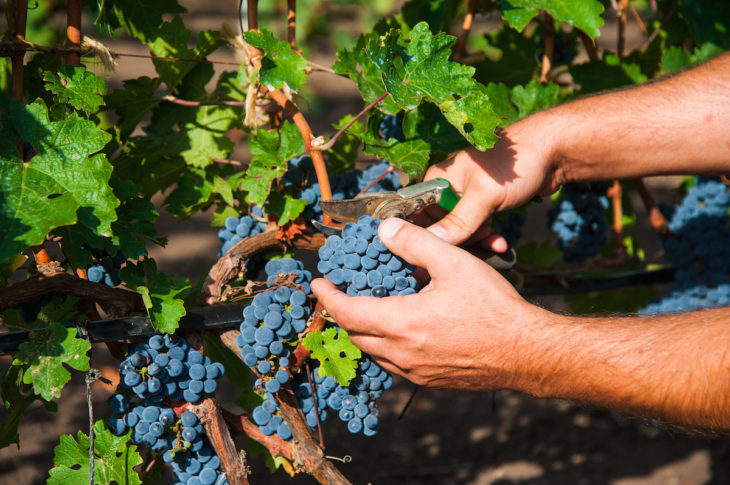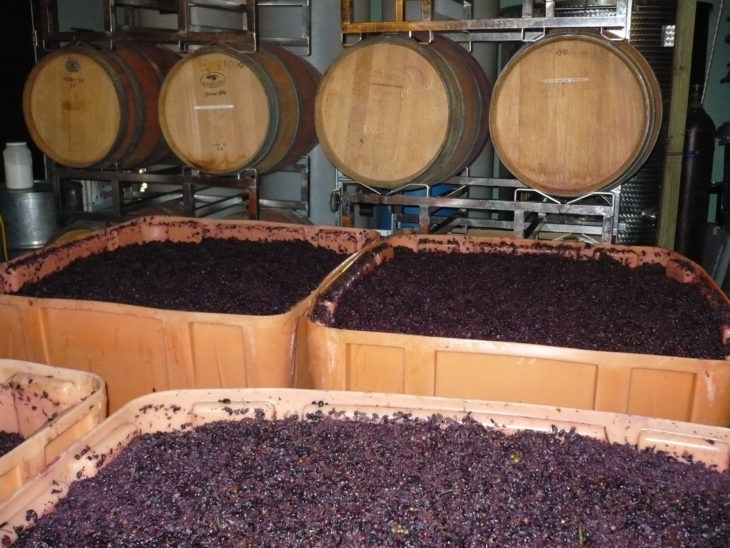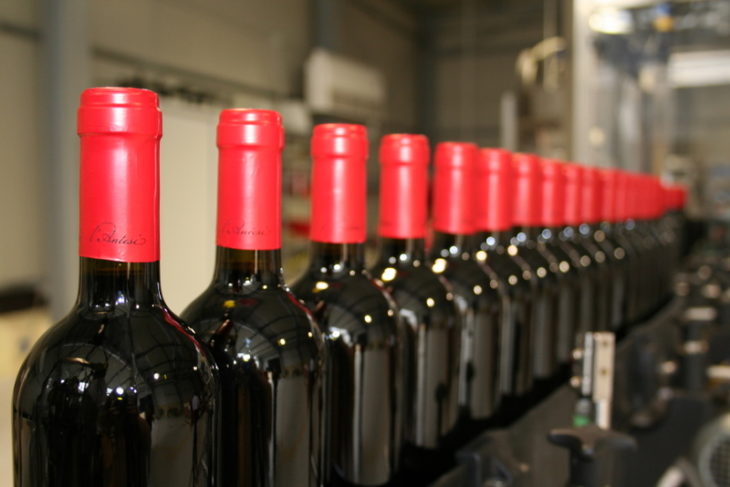Winemaking is an activity that’s been done for thousands of years already. It is regarded as both a science and an art. While making wine involves a natural process with little human intervention, winemakers guide the process using varying techniques. Generally, there are five steps in making wine as listed below. Winemakers use the following steps and add their own variation along the way to make a unique tasting wine.
Learn more about wines and wine reviews on ilovewine.com.
1. Harvest

Source: BottlesXO
In this first step, grapes are usually harvested by hand to ensure that it results in delicious red or white wine. Grapes contain the needed esters, acids, and tannins—which are the textural components that give the wine a dry, bitter, and sharp taste—or substances that make stable wine.
The time that the grapes are picked will have an impact on the sweetness, acidity, and wine flavor. Determining the best time to harvest needs some scientific observation coupled with the ancient art of tasting. The grapes’ sweetness and acidity should be balanced to make good wine. But weather conditions can also affect the harvest.
Although most winemakers prefer harvesting the grapes by hand, there are others that use shears and machines in picking the grapes from their vines. Since using machines can be too exacting on the vines and grapes, hand harvesting is still more common. The grapes are then brought to the winery where they are sorted, and under ripe or rotten grapes are discarded.
2. Crush or Press
After sorting the freshly harvested grapes, they are ready for the next step. The stems are usually removed, but some winemakers leave them in for extra flavor. For a long time, grapes have been stomped under bare feet. However, technology has already changed this step as most winemakers use machines for this stage in the process. Mechanical presses are used to crush grapes into a “must,” which is newly crushed grape juice including the seeds, skins, and other solids. Using machines has improved sanitation, which also resulted in better wine quality and improved longevity.
In producing white wine, grapes are quickly pressed, and the juice is separated from the seeds, skins, and solids to avoid having tannins leach into the wine, as well as to avoid unwanted color. To make red wine, the juice is left together with the skins to have more color, flavor, and tannins.
3. Ferment

Source: Wenzhou ACE Machinery
The obtained grape juice is now ready for the next step of the process: fermentation. With the aid of wild yeasts in the air, the juice will naturally ferment within six to twelve hours. But most winemakers intervene in this step to make the results more predictable and to guarantee consistency. They do this by adding a commercially cultured yeast into the juice or must.
Fermentation lasts until all sugar content in the juice is transformed into alcohol. To make sweet wine, a winemaker will stop the process before all sugar is changed. This step can take around 10 days to a month, or even longer.
4. Clarify
After the fermentation step, clarification comes next. Solids such as proteins, tannins, and dead yeast cells are removed in this process. Wine is then transferred into another vessel such as a stainless-steel tank or an oak barrel. Clarification of the wine takes place with the use of filtration or fining.
Fining happens when other substances are added into the wine for extra clarification. Some winemakers add clay, for example, to have the unwanted bits stick to it, forcing them into the bottom of the tank. A filter that separates the large particles in the wine is used during the filtration process, after which the clarified wine is transferred into another container and prepared for future aging or bottling.
5. Age and Bottle

Source: wineconsultant
This is the final step of making wine. The winemaker will choose between bottling the wine after clarification or give it more time for aging.
Aging is done to achieve the wine’s optimal fruitiness by increasing its exposure to oxygen, which reduces tannin. If the wine is aged in an oak barrel, it will produce wine that’s rounder, smoother, and more vanilla-flavored. To produce zesty white wine, the wine is aged in a steel tank. Aging can take several months to several years depending on the winemaker. The aged wine is then bottled with a screw cap or cork.
Final Thoughts
Even before the grapes are picked, the choices made by the vineyard manager can affect the style, type, and character of the produced wine. Making wine can be much more complicated than what’s described here as many winemakers experiment and add their own touch to the process to produce a unique tasting wine experience.
